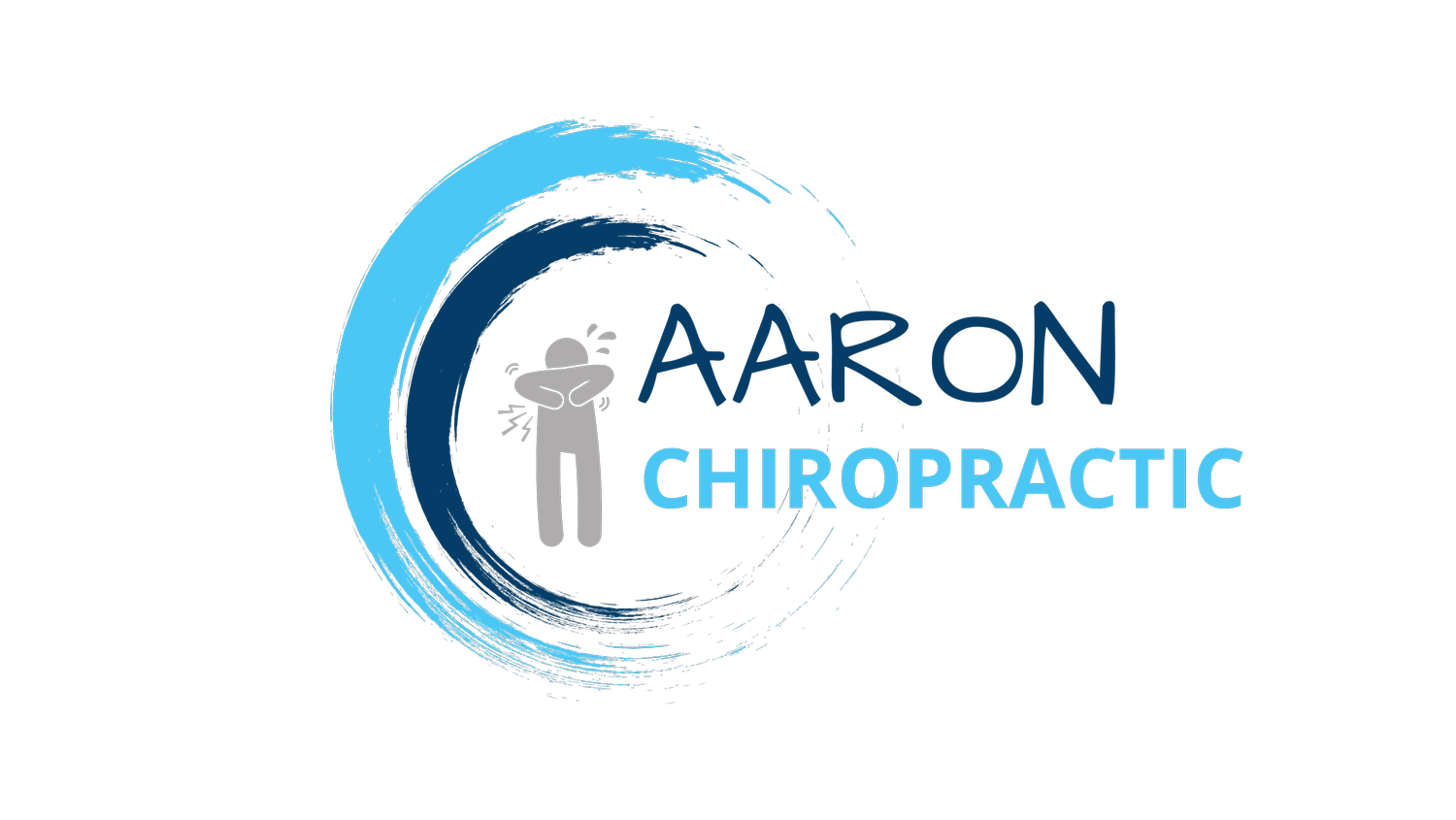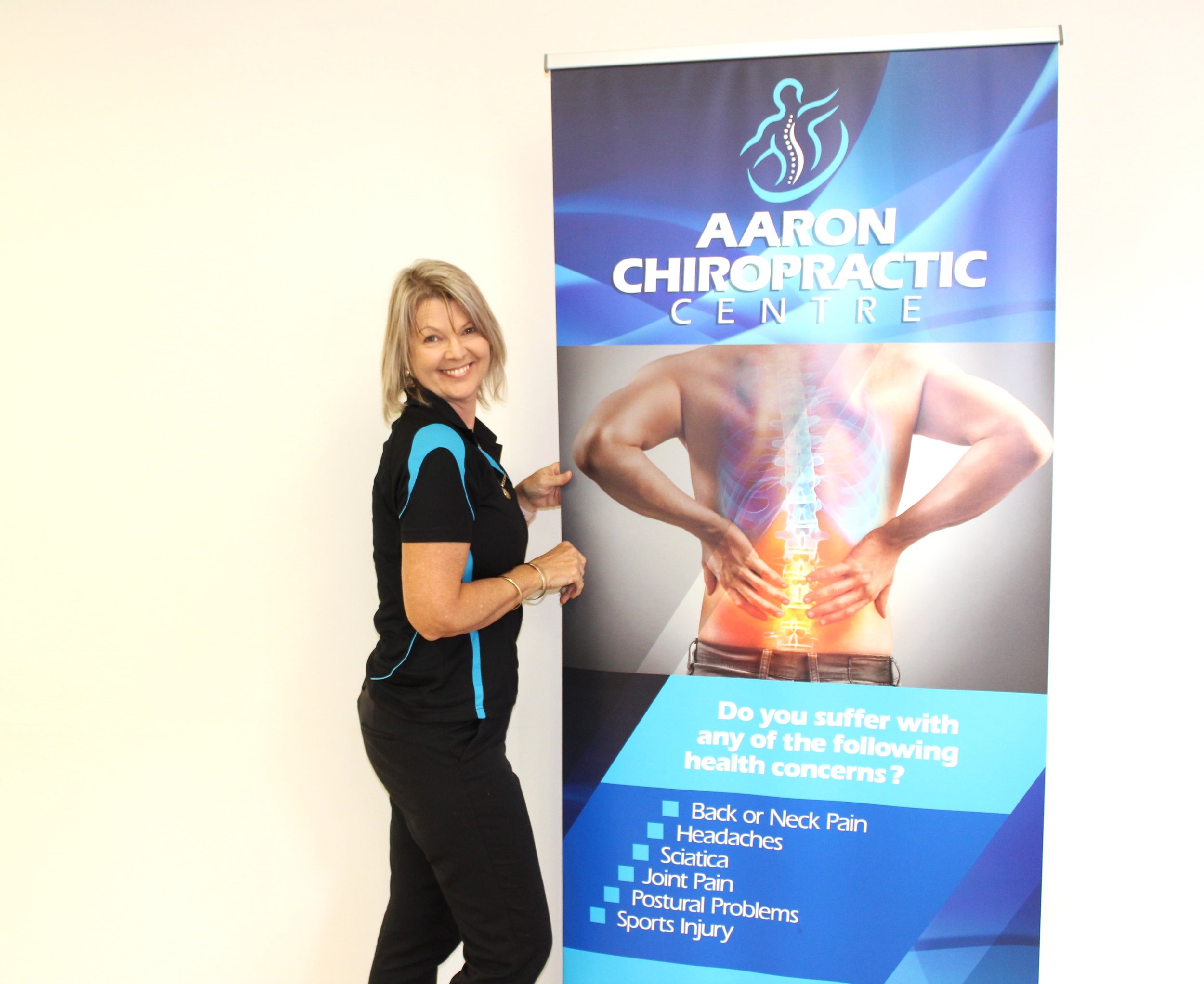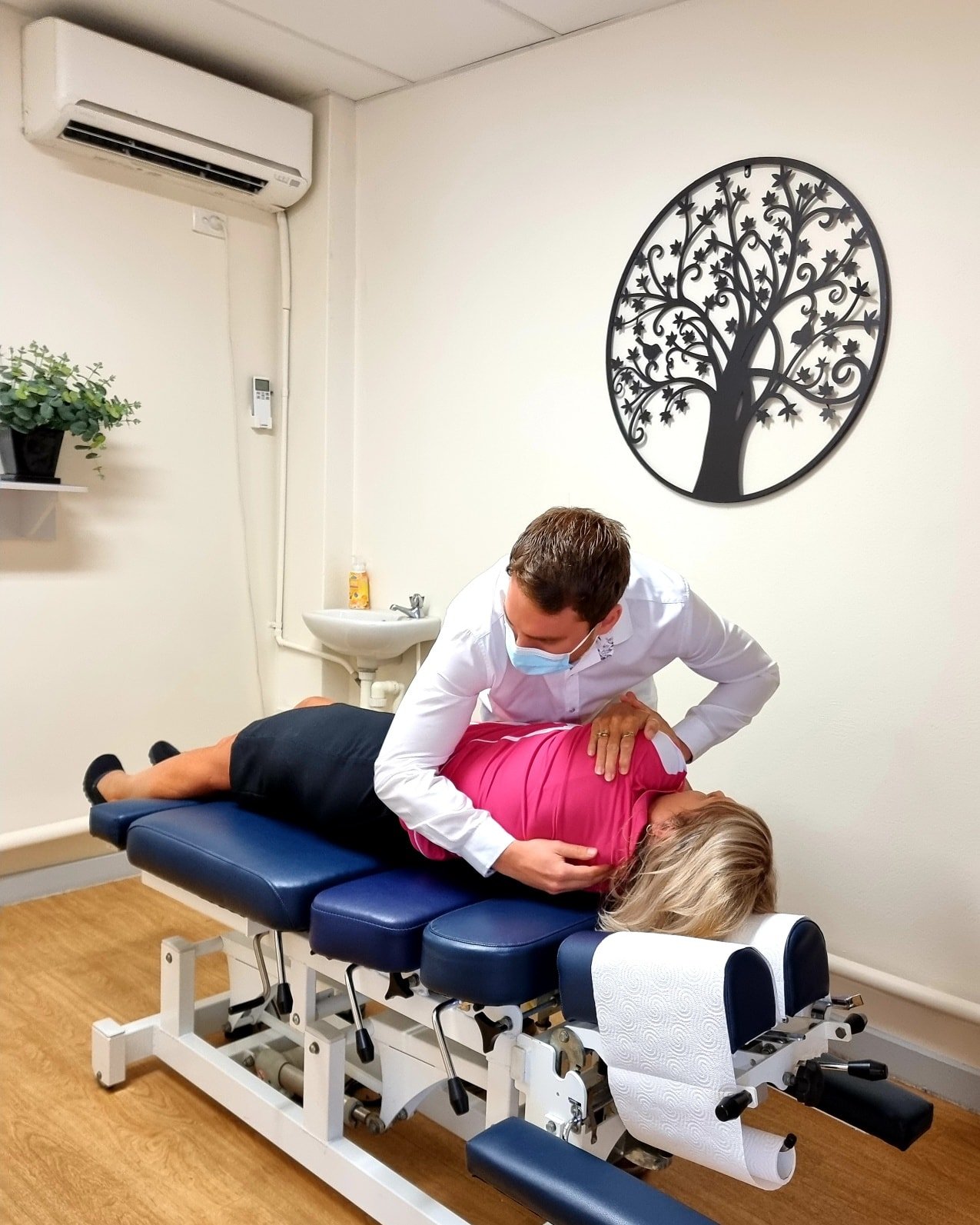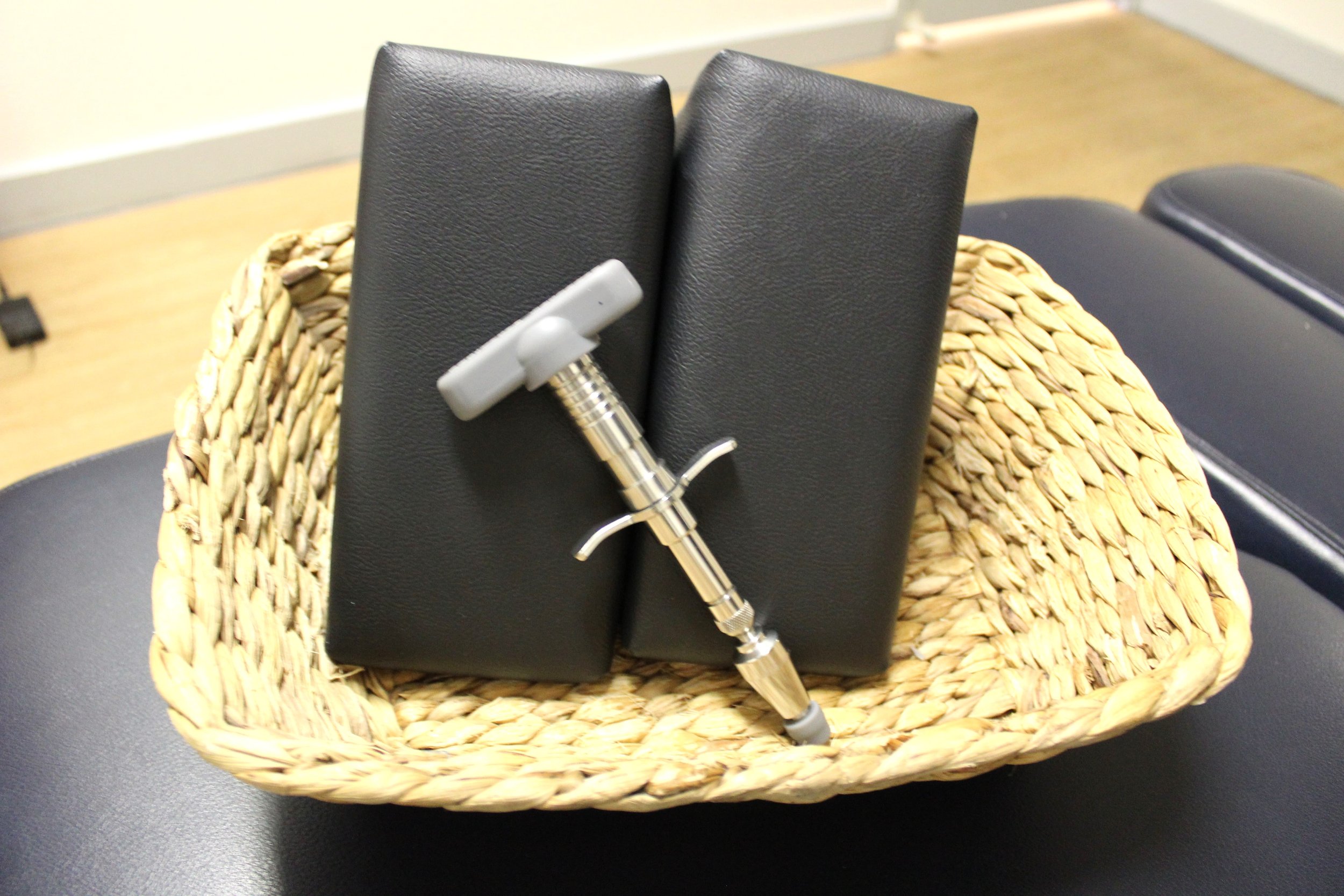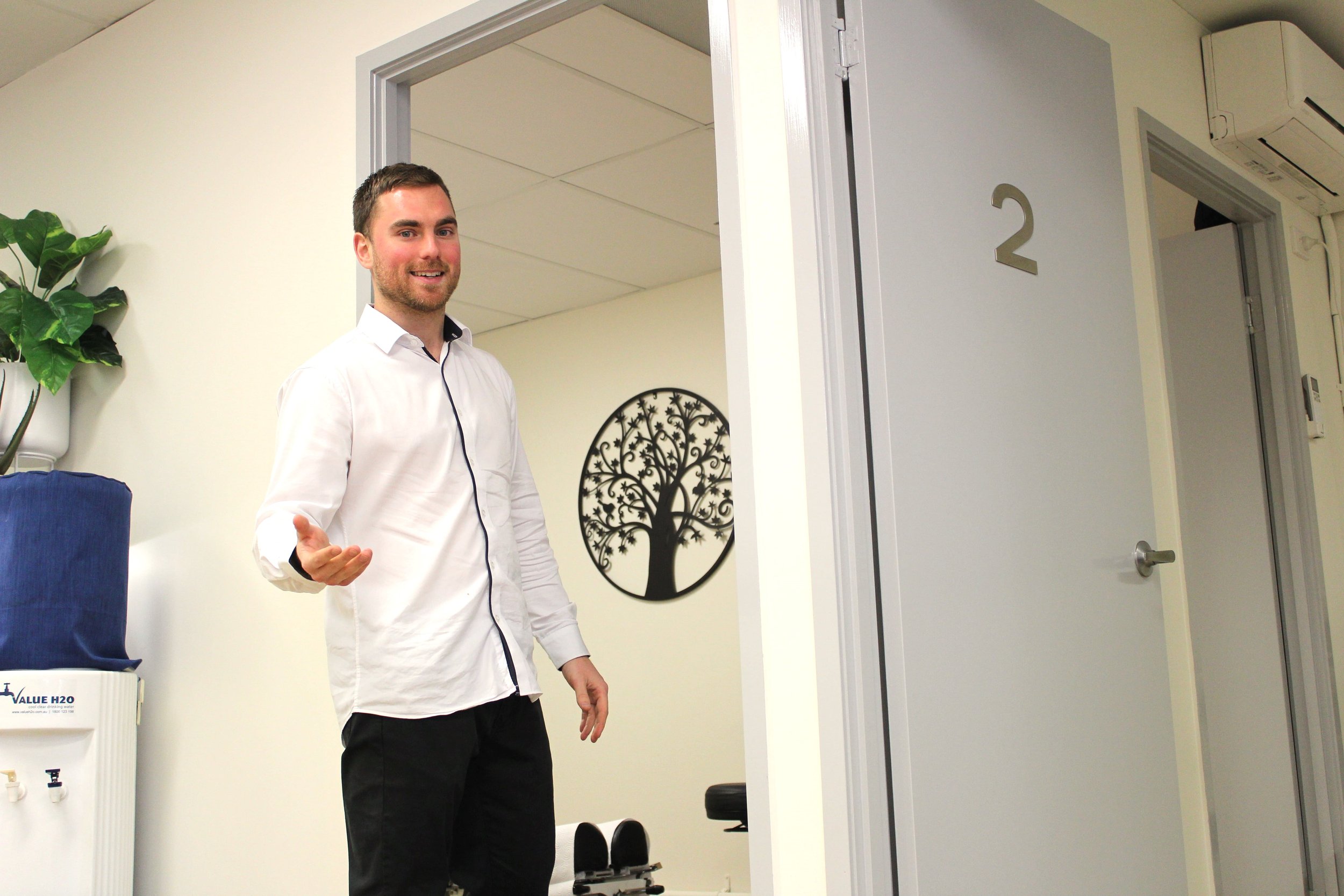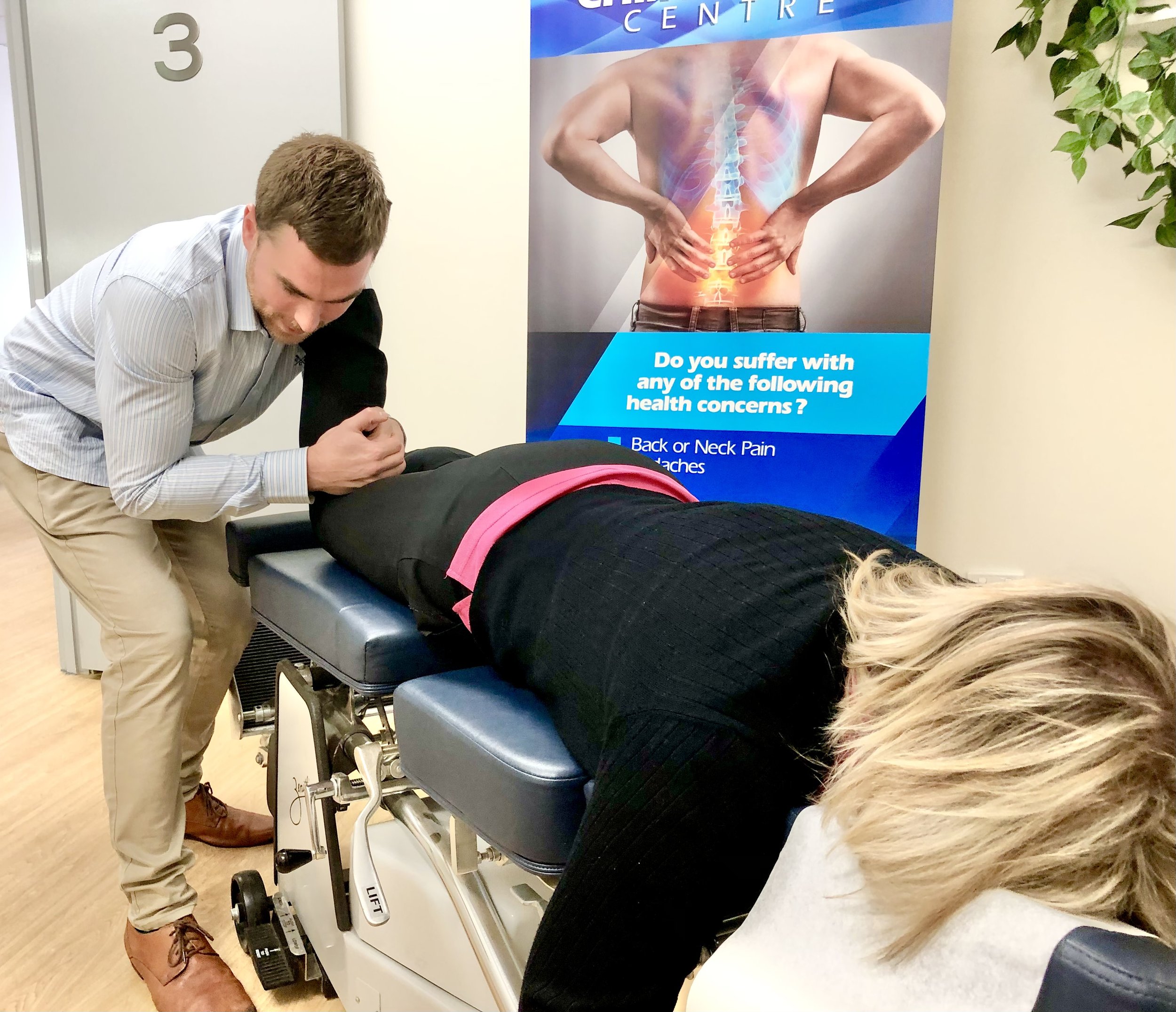Introduction
Sleep is a crucial aspect of maintaining overall health, and the position in which you sleep can significantly impact your spinal alignment and comfort. As chiropractors focus on musculoskeletal health, they understand the importance of proper sleep posture. While various sleep positions exist, this blog will delve into the science behind each position, explore their respective advantages and drawbacks, and ultimately reveal why side sleeping is the recommended position for promoting a healthy spine, as advocated by chiropractors.
The Significance of Sleep Position
Sleeping constitutes a significant portion of our lives, and the position we adopt during these hours directly affects our spinal health. An optimal sleep position aligns the spine, allowing the muscles, ligaments, and discs to rest and rejuvenate effectively. On the other hand, an improper sleep position can lead to muscle tension, joint discomfort, and even exacerbate existing spinal issues.
Chiropractors emphasize the preservation of the natural curves of the spine - cervical (neck), thoracic (mid-back), and lumbar (lower back) curves. These curves ensure even distribution of weight and minimize stress on spinal structures.
Exploring Sleep Positions and Their Effects
Back Sleeping (Supine Position):
Back sleeping is known for its ability to maintain a neutral spinal alignment, as the spine rests in a natural position. Additionally, this position minimizes pressure on the face, potentially reducing the risk of developing "sleep lines" and facial wrinkles.
Pros:
Maintains a neutral spine alignment.
Reduces pressure on the face, potentially preventing facial wrinkles.
Helps prevent acid reflux.
Cons:
May worsen snoring or sleep apnea in some individuals.
Not recommended for pregnant women, as it can obstruct blood flow to the baby.
Side Sleeping (Lateral Position):
Side sleeping is a common and is the most favored sleep position, with many individuals naturally gravitating towards it. When done correctly, side sleeping can promote proper spinal alignment and offer various benefits.
Pros:
Relieves pressure on the lower back, potentially reducing discomfort.
Reduces the risk of snoring and sleep apnea.
Highly recommended for pregnant women to improve blood flow to the baby.
Cons:
Can lead to shoulder and hip pain if the mattress is not supportive enough.
Can lead to headaches and neck tension if the pillow is not supportive
Stomach Sleeping (Prone Position):
Stomach sleeping is generally considered the least favorable position for spinal health. When lying on the stomach, the spine tends to arch excessively, straining the neck and lower back.
Pros:
May reduce snoring in some individuals.
May help alleviate sleep apnea for certain patients.
Cons:
Places excessive stress on the neck and lower back.
Can lead to numbness and tingling in the extremities due to pressure on nerves.
Not recommended for individuals with neck or back pain.
The Chiropractor-Recommended Sleep Position
After a careful evaluation of various sleep positions, chiropractors widely recommend Side Sleeping (Lateral Position) as the best option for promoting a healthy spine. Here's why:
Spinal Alignment Support: Side sleeping can promote a natural alignment of the spine when the head, neck, and back are appropriately positioned.
Reduction of Lower Back Pain: This position helps reduce pressure on the lower back, providing relief for individuals who experience discomfort in this area.
Improved Breathing and Circulation: Side sleeping can reduce the risk of snoring and sleep apnea, leading to better breathing and improved circulation.
Ideal for Pregnant Women: For pregnant women, side sleeping is especially recommended, as it enhances blood flow to the baby and reduces pressure on the uterus.
Relief for Acid Reflux: Side sleeping may help prevent acid reflux due to the elevated position of the head.
Tips for Comfortable Side Sleeping
For a comfortable and restful side sleeping experience, consider the following tips:
Supportive Pillow: Choose a supportive pillow that keeps your head and neck aligned with the rest of your spine.
Mattress Matters: Opt for a medium-firm mattress that provides adequate support to the body's curves.
Pillow Between Knees: Placing a pillow between your knees can help align your hips and reduce pressure on the lower back.
Switch Sides: Alternating sides during the night can help prevent developing facial wrinkles on one side.
Body Pillow for Pregnant Women: Pregnant women can use a body pillow to support the belly and maintain a comfortable side sleeping position.
The Role of Pillow and Mattress in Side Sleeping
To fully maximize the benefits of side sleeping, it's essential to pay attention to your pillow and mattress choices. The right pillow and mattress can make a significant difference in supporting your spinal alignment and overall comfort during sleep.
Pillow Selection:
Choosing a suitable pillow is crucial for side sleepers. Look for a pillow that is firm enough to support the weight of your head and keep it in line with your spine. A pillow that is too soft can cause your head to sink too far, leading to misalignment and potential neck strain.
Ideally, your pillow should fill the gap between your shoulder and head, ensuring that your neck remains straight and supported. Memory foam pillows, latex pillows, or contoured pillows are popular choices for side sleepers, as they conform to the shape of your head and neck, providing optimal support.
Mattress Considerations:
Your mattress plays a significant role in determining how well your body is supported during side sleeping. A medium-firm mattress is generally the best option for most side sleepers. This type of mattress offers a balance of support and comfort, helping to keep your spine in proper alignment.
A mattress that is too soft can cause your hips and shoulders to sink too deeply, leading to spinal misalignment and potential discomfort. On the other hand, a mattress that is too firm may not provide enough contouring support, leading to pressure points and reduced comfort.
Remember that mattress preferences can vary from person to person based on individual body weight, sleep preferences, and any existing back issues. It's essential to test different mattresses and consult with mattress experts if possible to find the best fit for your needs.
Conclusion
Side sleeping is the recommended position for promoting a healthy spine, as supported by chiropractors and sleep experts alike. Its ability to align the spine, reduce lower back pain, improve breathing, and enhance circulation makes it an ideal sleep position for many individuals.
To fully reap the benefits of side sleeping, remember to invest in a supportive pillow and mattress that complements this sleep position. The right combination of pillow and mattress can significantly enhance your sleep quality and contribute to better spinal health.
Embrace the side sleeping position, follow the provided sleep tips, and prioritize your sleep health to enjoy restful nights and wake up refreshed and ready to take on each day with a healthier spine and improved overall well-being. Consult with a chiropractor if you have specific health concerns or require personalized advice to optimize your sleep posture for a better tomorrow.
